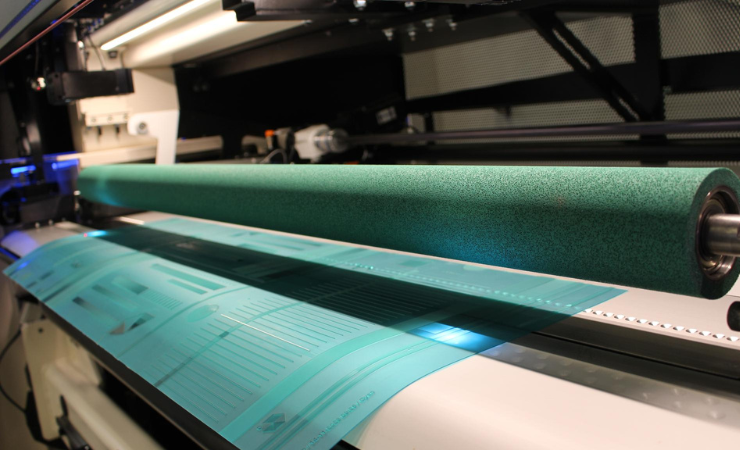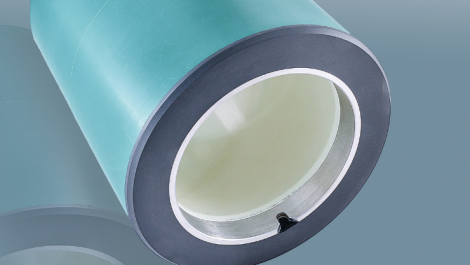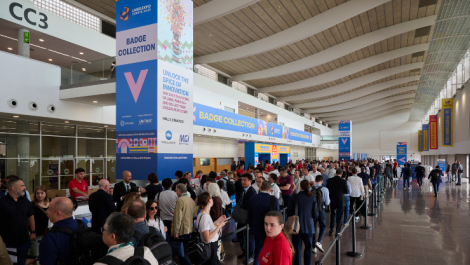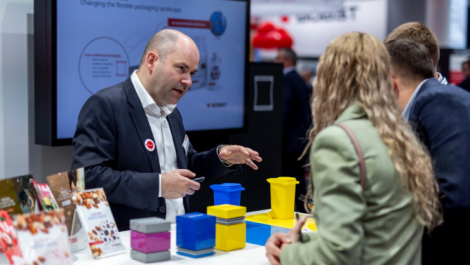Automation has delivered fundamental productivity enhancements in the flexo plate mounting department – but the reality of often needing to mount damaged and worn plates has called for different solutions.
The flexo industry has welcomed the development of automatic plate mounting systems that save time and manual processes in prepress and deliver vital efficiency within production operations. It has been a no-brainer to embrace such technology.
But there can be problems. Many automatic processes rely on a perfect world, where plates are in good shape, literally as well as figuratively. That perfect world can be elusive though. The reality is that many plates used in flexo production are old, damaged, worn or warped – often through heavy usage but also sometimes through improper storage, which can lead to dry or brittle plates or plates with dog-eared corners. All of these scenarios lead to dark clouds gathering over that perfect world of automated plate mounting.
These are not isolated instances either; this is happening every day in the flexo world, causing inconsistencies and inaccuracies that lead to downtime waste and production delays.
Among the potential problems that flexo operators can encounter are curled or warped solvent-based plates where the physical distortion disrupts both the mounting process and image recognition. Damaged or worn registration marks is a frequent situation found in high-usage environments, reducing visibility and disrupting precise alignment. Problems occur with plate mounting systems being unable to recognise mounting marks due to the high microcell screening used for improved ink transfer, which scatters light from traditional overhead illumination on the mounter.
“We’ve seen problems so many times, on so-called automatic machines,” explains Mike Attard, managing director of Eurograv, the global distributor for Camis sleeve mounting systems. “Some need weights to be applied to physically hold the plate flat under the camera.
When the mounter has the plates in register, the operator has to then lift these weights off and hope that the plate doesn’t move before the roller applies the plate.”
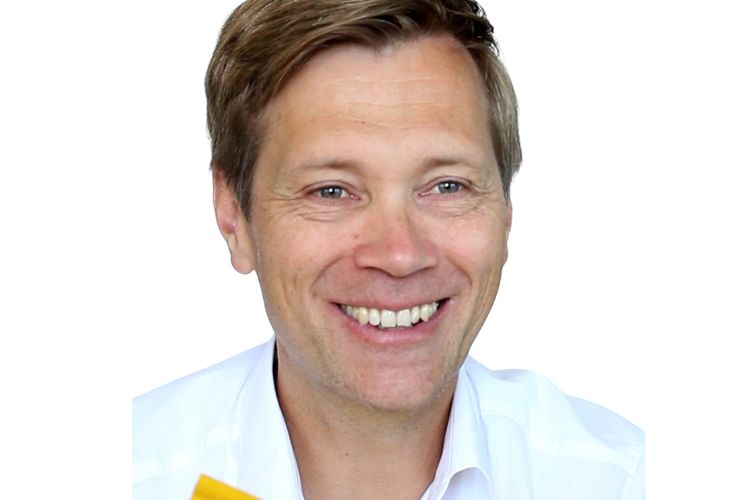
“FlexoMatrix offers an optional feature for comprehensive monitoring of plate dimensional accuracy.” – Dr Lars Lehner, Lehner Sensor-Systeme
Dr Lars Lehner, CEO of Lehner Sensor-Systeme, which makes the FlexoMatrix range of plate mounting systems, identifies dimensional distortion as being a significant factor too, one that is often more difficult to identify than the damage such as tears, creases and folds incurred during plate removal, or the damage described above as being caused by improper storage.
This dimensional distortion can be more insidious in that it leads to the transfer of “hidden” registration inconsistencies into the pressroom, ultimately causing increased production costs – especially where less experienced press operators might struggle for long periods with “unexplainable print results”. Dr Lehner told FlexoTech: “This includes plates that are not rectangular and exhibit trapezoidal distortions – often resulting from careless plate removal or errors during plate manufacturing. Such defects are not detected during manual mounting or by most automated systems, leading to avoidable issues during printing.”
Investing in automation
So, problems, problems, everywhere, but most particularly in the plate mounting room and pressroom. The question then is, what is being done by plate mounting system manufacturers to address these issues? The first thing to say, is that they are keenly aware of the problems that might arise and the effects these can have on that perfect automated world. Many customers, indeed, are hesitant about investing too much into automated plate mounting systems, although it might be a stretch to suggest this is entirely due to problems with damaged or poor conditioned plates.
“We still get a real mix – there are still a lot that want automation to speed up job set-up but remain happy to manually position the plates,” says David Muncaster, managing director of Heaford. “In some countries there’s a real reluctance to change. Or there might be an operator that’s been doing it for 30 years; they can do it accurately with their eyes shut as fast as an automatic mounter, and they don’t really see the benefit of that extra automation and cost.
“Where automatic mounting is of most interest is for those that are new to flexo, coming from offset or gravure, that are quite nervous about mounting and for those who struggle to retain mounting skills in-house.”
Varied solutions
The technological solutions to bridging the gap between poor plate condition and automated mounting are several and varied. The issue of combating plate curl for example is one that several vendors highlight within their systems.
AV Flexologic, for instance, has a precision vacuum table integrated with its SAMM 3.0 (semi-automatic) and FAMM 3.0 (fully automatic) systems. It says these tables pull down the curled plates, ensuring full contact between the plate and the mounting surface, “enabling accurate image recognition and placement, even with heavily warped or solvent-exposed plates”. The FAMM 3.0 also incorporates a patented anti-curling system to complement the vacuum table.
Camis has an anti-curl system as standard on its SleeveMaster Auto system. Mr Attard of Eurograv explains that this holds the plate flat on the table and keeps it flat when automatic registration is being achieved. The plate is kept flat through a directed stream of air, he adds.
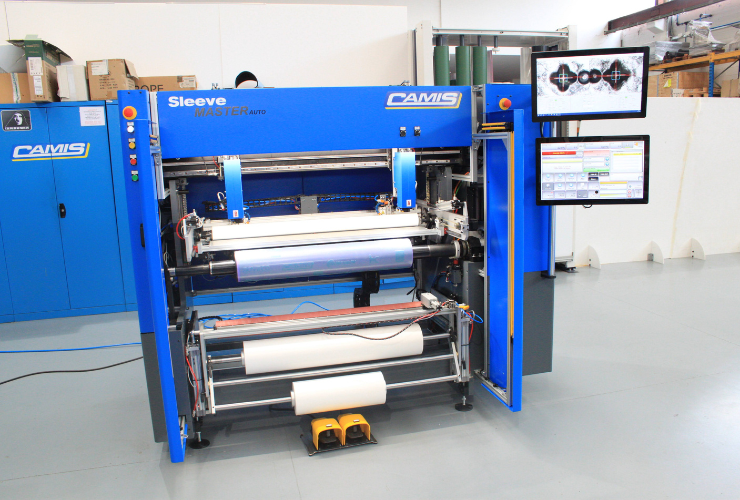
The Camis SleeveMaster Auto
The Camis Irisleeve HD, meanwhile, deals with registration of curled, used and old plates through the operator “physically bringing the plate into focus and then sticking the cross down by hand, before the roller applies the plate fully”, said Mr Attard.
Heaford’s Modular Mount range has numerous features to address used plates which are not always easy to mount automatically. For curled plates the systems use a clamp bar to clamp the plate flat to the mounting table, as well as a curved front table which adds rigidity to the plate, both of which help to keep the registration targets in the camera field of view for the image recognition to work correctly. For flexo plates with worn or damaged targets, Heaford’s image recognition system utilises “synthetic models”, which provide improved recognition on a wider range of targets or target wear. For plates with missing or severely damaged targets the operator can pinpoint on screen where the centre of the target should be, and the machine will then automatically mount the plate based on that, or they can mount that target manually then complete the remainder of the mounting cycle automatically.
The Modular Mount range enables Heaford to “offer something to everyone”, says Mr Muncaster, allowing customers to scale up the sophistication of the feature-set on their base machine as required, rather than needing to buy an entirely new machine, particularly useful for those that don’t currently see the ROI for automatic mounting but may in the future as their product mix or skills may demand it.
AV Flexologic has developed an AI-based tool called Artificial Vision Intelligence (AVI) to assist operators, based on a neural-network-based image recognition system that has been purpose built for flexo plate mounting. This, according to AV Flexo, brings unmatched detection power, identifying even faint, damaged, or non-standard mounting marks to ensure accurate placement and consequently reduced reworking costs. It makes the operator’s job easier, and can adapt to new plate types, different screening techniques, and evolving print requirements, making it a future-ready investment.
“With AVI, operators spend less time troubleshooting and more time producing. Its ability to ‘see’ in challenging conditions and adapt to real-world variables makes it a true game-changer,” claims Martijn Otten, managing director at AV Flexologic.
Another development from the company is its patented backlight system, which was developed because traditional top-down lighting on plate mounters struggles with high microcell screening patterns on flexo plates. AV Flexo’s system illuminates mounting marks from beneath the plate, which improves contrast and recognition on textured surfaces to enhance the accuracy of mounting.
An interesting feature of the Lehner systems is dimensional accuracy control. Dr Lehner explains that this function detects distortions and trapezoidal shapes – even minor dimensional deviations. These are automatically compensated for during mounting.
“If the user-defined tolerance range is exceeded, a corresponding error message is displayed, and the plate is excluded from the print workflow,” said Dr Lehner. “FlexoMatrix therefore offers an optional feature for comprehensive monitoring of plate dimensional accuracy.”
Other features included in Lehner’s FlexoMatrix are a 360o controlled mounting process which regulates the final position of the plate on the cylinder during mounting, and running direction control, which ensures all plates are processed according to the specifications of the job management system.
“These features ensure stable, automated mounting quality—even under challenging conditions,” said Dr Lehner.

